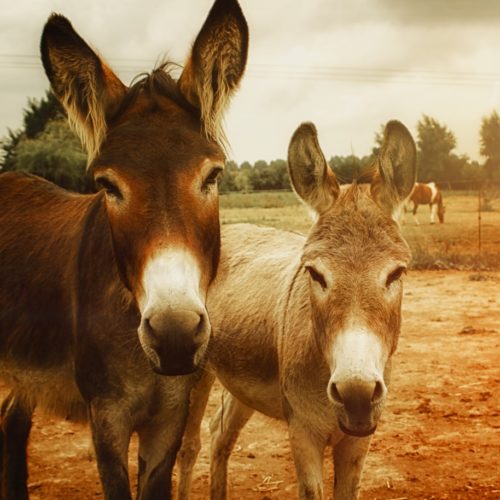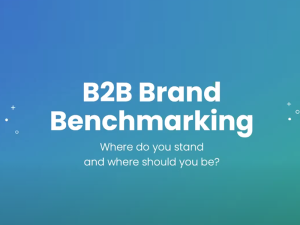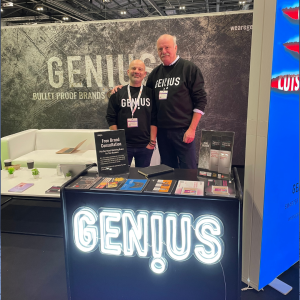This month we’re going to take a look at a fascinating story encountered recently and what it means for authentic brand stories. Before we begin, an apology to our regular readers for the lack of a June post. Genius-In-Chief and author of the blog was otherwise engaged having a second baby; everything is back to normal now!
The true story
A friend’s grandfather was a WW2 airforce veteran, status that you’d assume automatically conveyed authority and credibility. He liked to tell his family tales of his wartime exploits, including one rather charming tale that involved throwing donkeys out of planes behind enemy lines.
Amusing though this tale was, none of the family believed him. It was assumed that he’d just thrown that one in to wind up the grandkids. It wasn’t until the story featured on a documentary, detailing how donkeys loaded with supplies were dropped from planes behind enemy lines that his tale was finally taken seriously.
What this means for authentic brand stories
What we can take from this example of familial incredulity and what does it mean for your brand? In short, it is an example why the most compelling authentic brand stories can’t stand alone. Basically, if you sound too good to be true, the assumption will be that you are. Unless you can prove otherwise.
So whilst authentic brand stories are a prerequisite nowadays, you need to be able to provide some sort of verification or corroboration that will stand as evidence of your brand’s veracity.
How?
We use something called “social proof” which is at a basic level evidence that “people like me like this”, with “this” being your product or service in this instance. There are a huge number of possible techniques you can use, some will suit your brand better than others:
- Customer testimonials: Whether these are written, video or via a review platform, hearing versions of your brand story from the mouths of your customers creates a corroborative echo to your own marketing messages.
- Stats: If your brand conducts customer satisfaction assessments, trials, surveys etc. you’ll have your own stats to hand that can back up your brand story. Don’t despair if you don’t have these, stats from other people’s research can be just as good if they fit neatly with your narrative.
- Use Cases: As people working within a business owners, we’re often guilty of assuming a level of knowledge of our product or service that simply doesn’t exist in a prospective customer. Use cases or case studies help to bring our products and services to life and give them real world credibility.
- Awards: Awards are so popular with brands because they are such a good fit for evidencing authentic brand stories. Naturally, if stellar service is part of your brand story, a customer service award serves to validate it.
- Sampling: Try before you buy is one of the oldest techniques used to back up a brand story. If your product really does deliver, sampling allows you to demonstrate that in the most connected and tangible way. Modern sampling uses digital to amplify the effects of sampling by getting influencers to record and report on their sampling experience or generating content from consumers as they sample.
Looking at social proof and authentic brand stories gives us another facet of what it takes to create and manage a great brand. As we always say, it’s much more than a logo!










